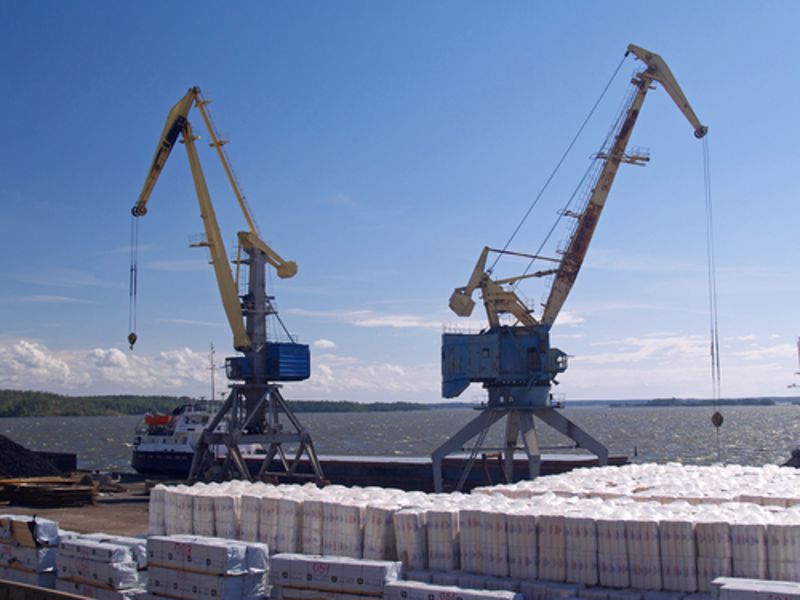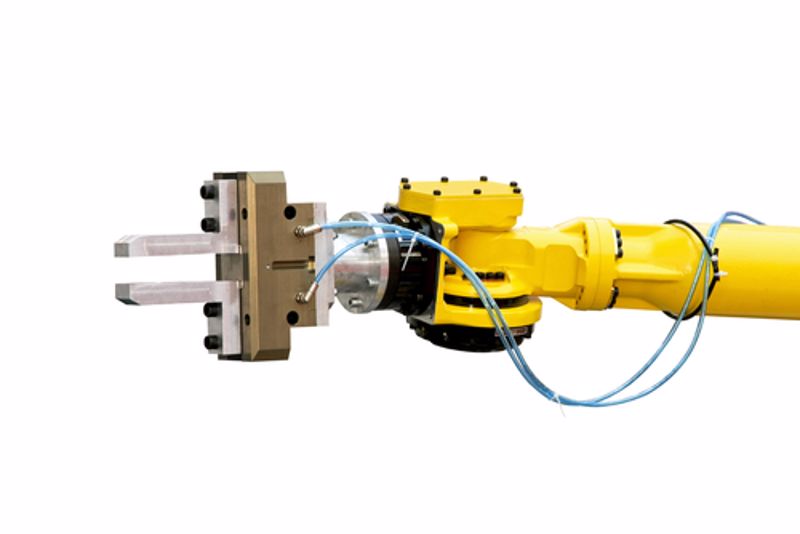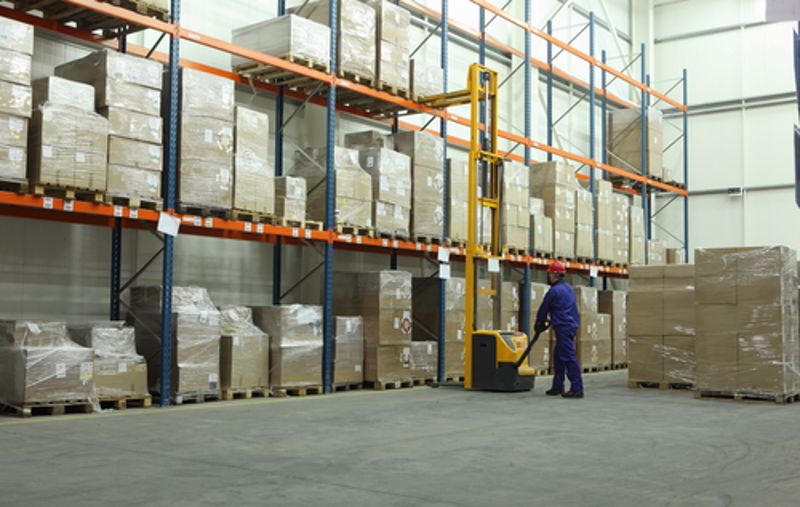Delays at ports have been some of the most significant and most persistent supply chain stories throughout the pandemic. While administrative efforts have helped clear the backlogs, shippers and the organizations that rely on them will remember what it felt like to have goods languishing at the Ports of Los Angeles and Long Beach.
Shipping organizations are realizing that port infrastructure represents a potential bottleneck in their operations — the question is what they will do about it.
Companies look east
The Wall Street Journal recently reported on some of the methods companies are using to diversify their supply chains and make themselves less vulnerable to congestion at ports. Namely, they are looking to East Coast ports such as The Port of New York And New Jersey.
The WSJ explained that companies such as Abercrombie & Fitch have begun to move a larger percentage of their goods through the East Coast. While the breakdown was previously 90% west and 10% east, the East Coast now accounts for 25% of the brand's imports.
The factors behind such decisions go beyond the desire to avoid further slowdowns in Southern California. The Panama Canal has widened in recent years, helping shipping to the East Coast, while companies have begun to import more goods from Europe, as opposed to relying so heavily on China.
Another company that has shifted east is Newell, the brand behind diverse products such as Sharpie markers and the items from Yankee Candle. The company, seeking to reach the eastern U.S., has opened a Pennsylvania distribution center and intended to add another in North Carolina.

Backlogs: Not just for the West Coast
Of course, moving operations away from the ports that suffered backlogs in 2022 is not a cure-all for shippers. As of mid-December 2022, the Port of Savannah in Georgia was struggling to clear a queue of its own, according to Maritime Executive.
With Savannah seeing the same increased activity as other major ports in 2022, it's perhaps inevitable that a backlog would take shape at the southern port. Diversifying points of entry for imports is an important way to add strength and resilience to supply chains, but organizations and port authorities will have to work together to make the new operations work.
Maritime Executive reported that administrators are hoping to solve the problem with a twofold approach. In the short term, the port will get ships moving as container volume normalizes, while in the long term, Savannah will add two large berths and additional container yards in areas now used for breakbulk.
Increased volume is a factor that affected ports around the U.S. in 2022, for better and for worse. Looking to 2023, shippers are naturally considering new ways to mitigate the disruption they felt throughout the year.















